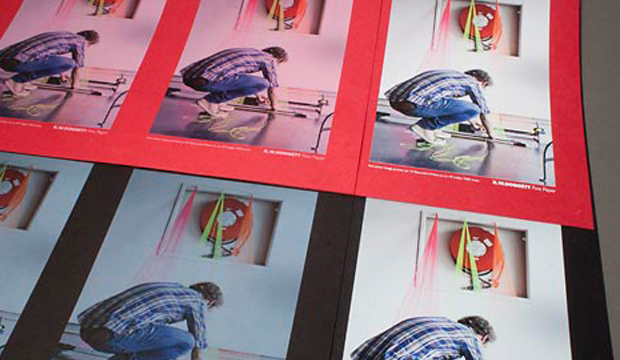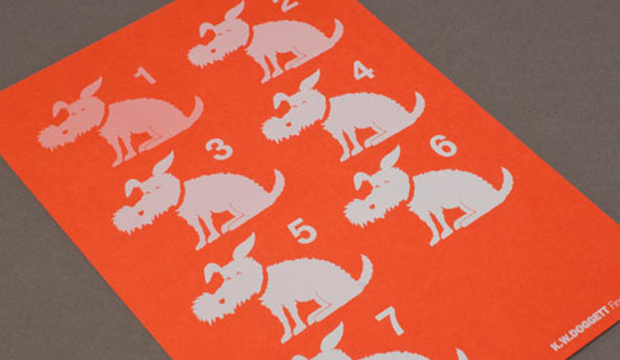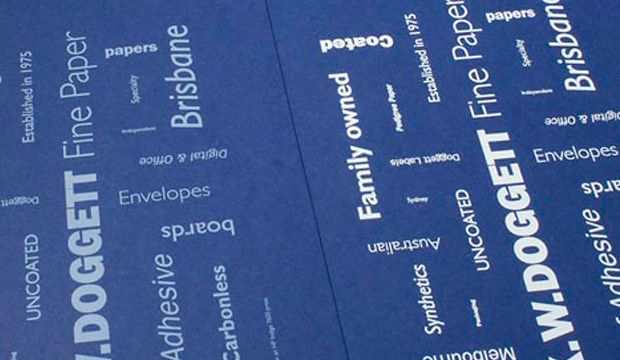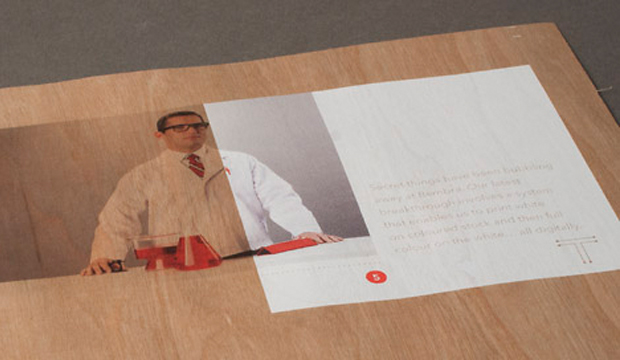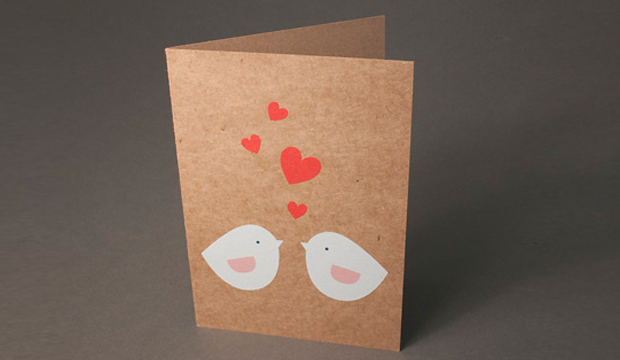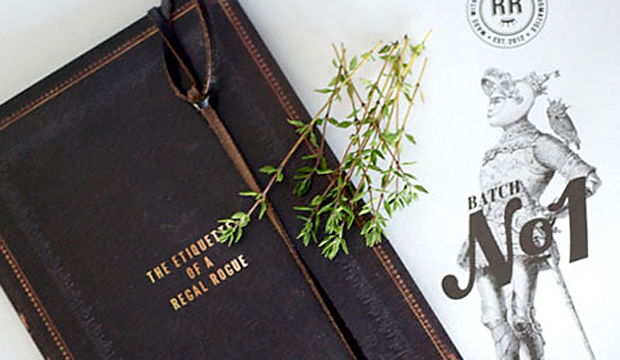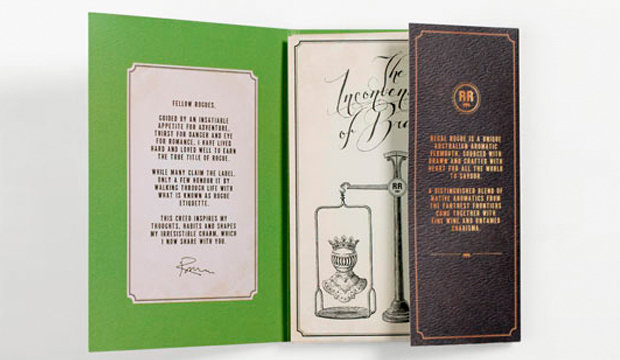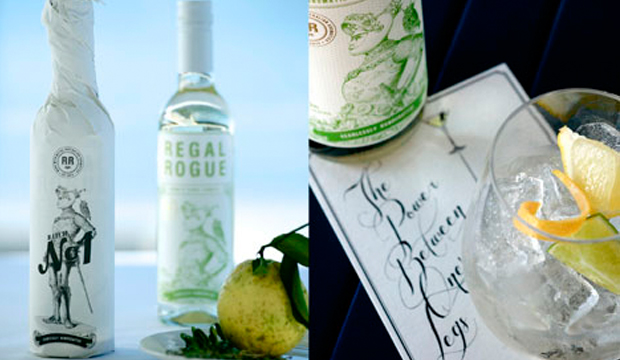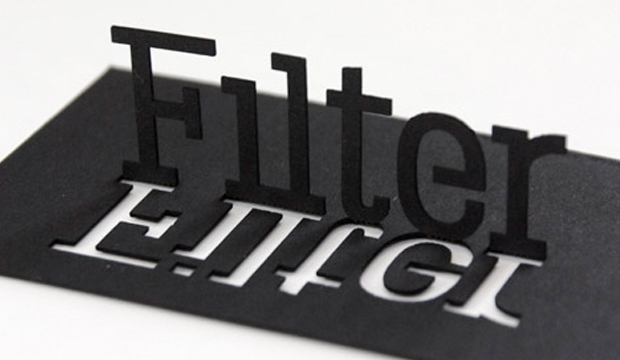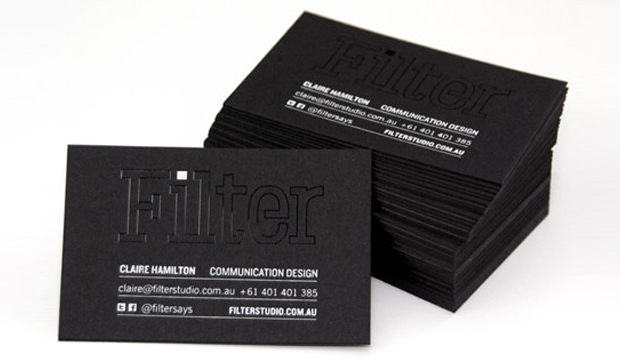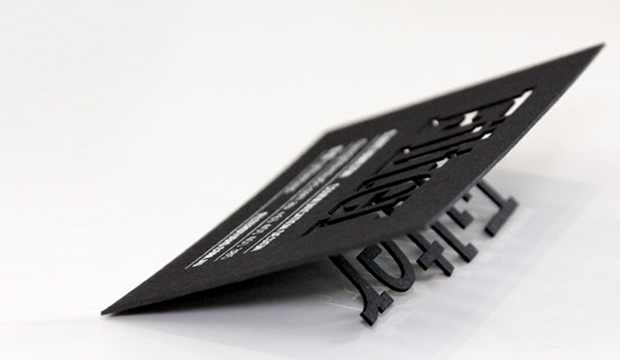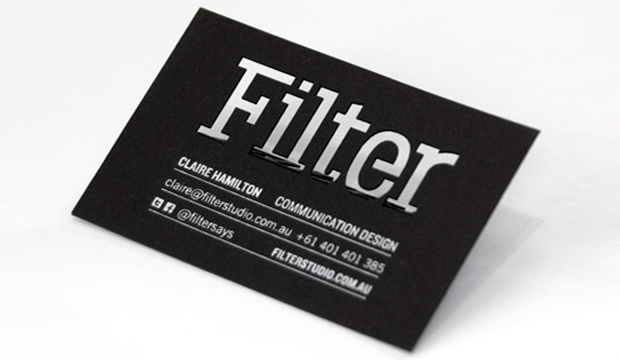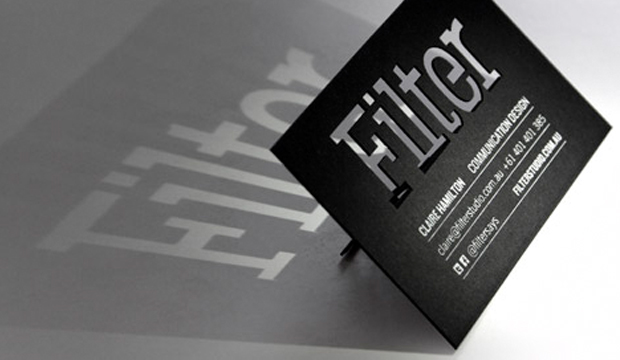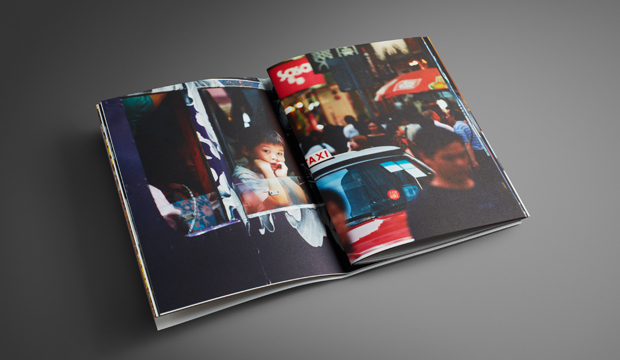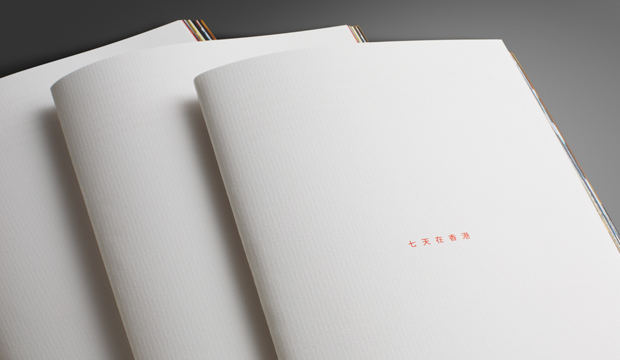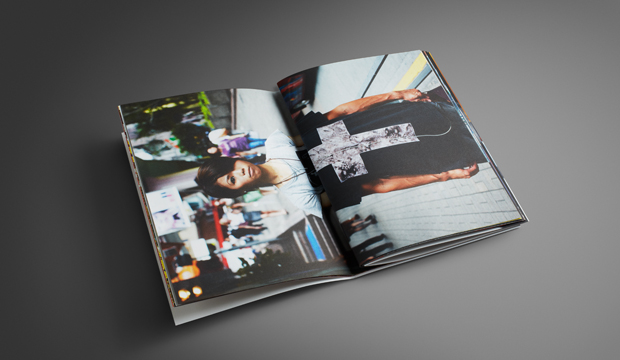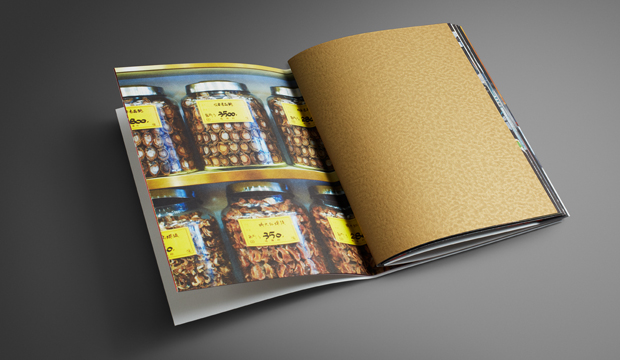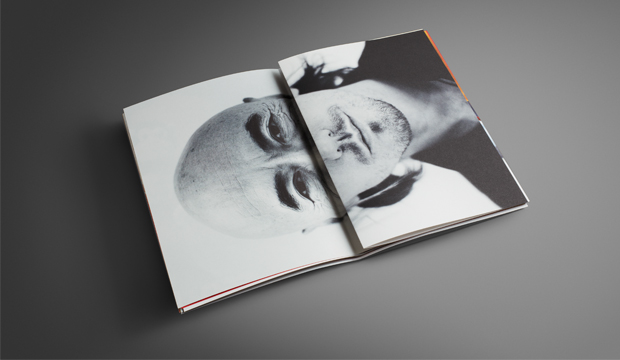Awareness: a·ware·ness / [uh-wair-nis].
Noun: the state or condition of being aware; having knowledge; consciousness: The object of the information drive is to raise awareness of the facts.
Awareness, is fundamental to helping our customers better understand the benefits of printed communications. Most of the population believe print is ‘bad’ for the environment and that printed communication isn’t effective. Widespread confusion and misconceptions on what is/isn’t the ‘right’ thing to do is rife.
Recently, I attended a meeting with a major corporate. I handed over my business card only to be told: “Sorry I’m business card free” by the person I was meeting with. “Why?” I ask. “I’m doing my bit,” she replied. I was taken aback to say the least. Is it really this bad? Another corporate contact I have who works in sustainability said they may cut a third of their print work and swap their marketing collateral to interactive PDFs. Excited to join the sustainability path and believing this would be better for their ‘footprint’ wasn’t a decision made based on cost. This means we could lose approximately $2M worth of print material out of the Australian market every year, all based on a misconception.
One business card is actually the equivalent to 0.12grams of CO2 v one Google search which is 0.36grams. One e-mail, with a 400k PDF attachment, sent to 20 people, is equivalent to burning a 100w light bulb for 30 minutes and growing every time that file is distributed. A printed brochure’s footprint is static, measurable, recyclable and renewable.
Two Sides Global Consumer Survey of 2011 findings (consistent with the Nielsen ‘The Future of Mailing’ and BPost Business surveys completed over the past 12 months) found that 80% of people prefer reading from paper with 83% in the 18-24 year old age group. Other stats: 16-24 year olds prefer and place a higher value on paper based communication than digital and 50% of respondents believe that addressed and unaddressed communication is more credible, useful and trustworthy than digital communications.
Awareness is critical. Challenging the misleading environmental claims through communication vehicles such as the ‘Myths and Facts’ booklet is one small step. Two Sides Australia is committed to continuing this journey. Hop onto the twosides.org.au website and get the facts, the extended version of this article, or even better, join Two Sides Australia and we’ll help you communicate with your customers.
A big thanks to Kellie Northwood, National Manager of Two Sides Australia for her guest blog entry. We are big supporters of the amazing work Two Sides is doing for the print communications industry in Australia.


 Footy Tips
Footy Tips
